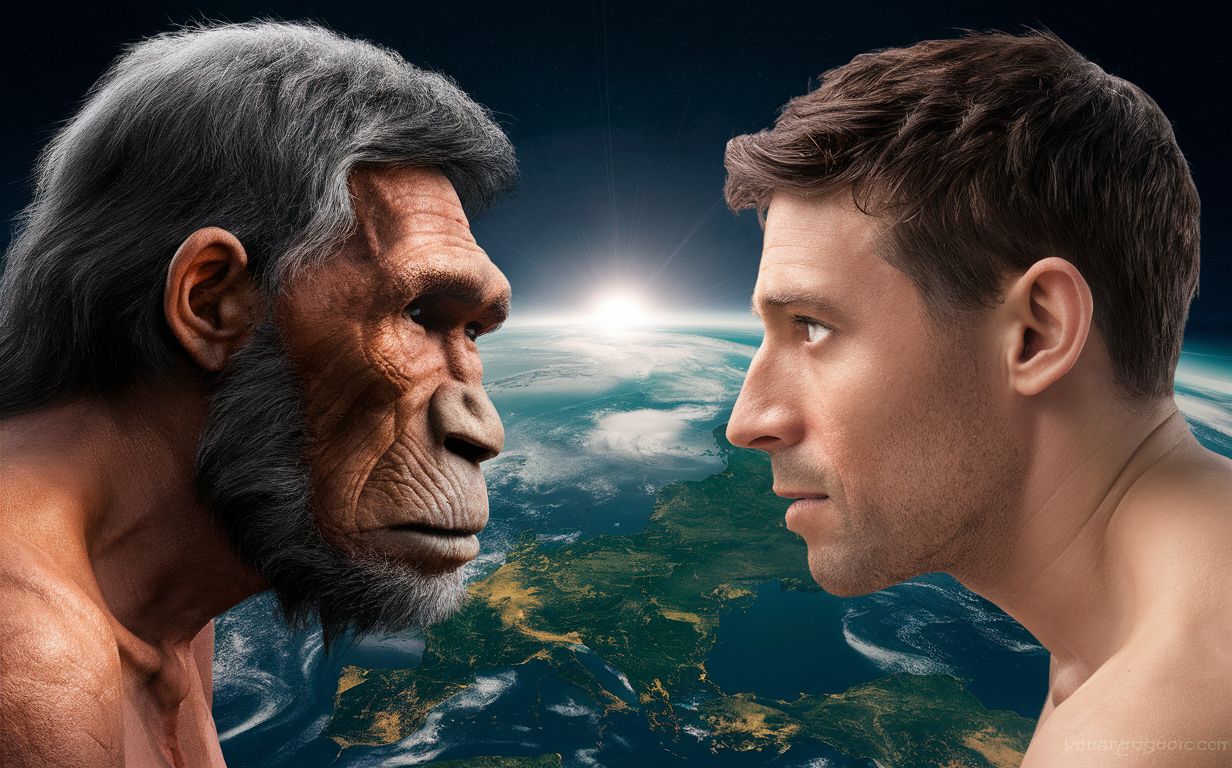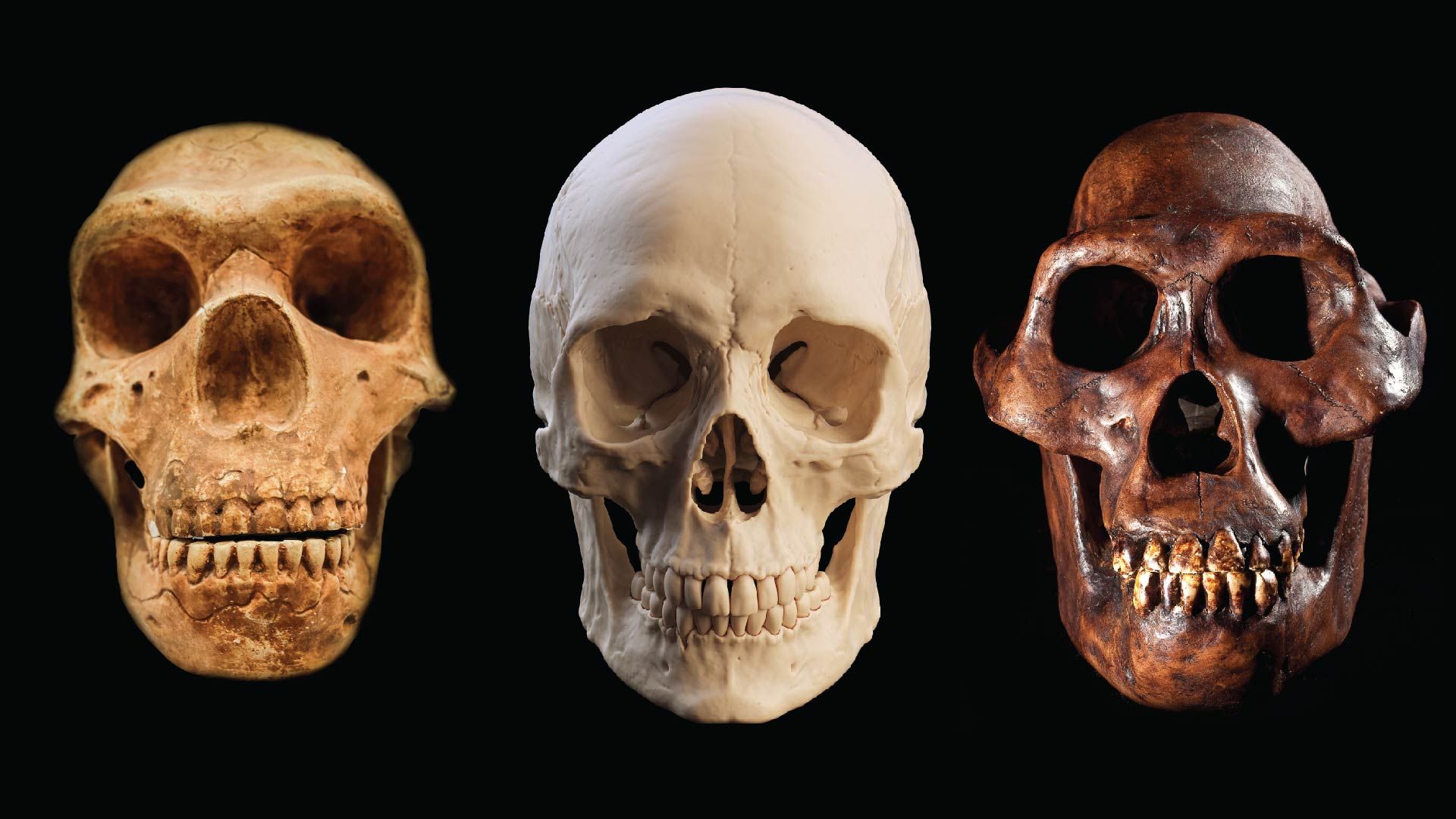Follow us on Google News (click on ☆)

Around 300,000 years ago, at least nine species of the genus Homo, including Homo sapiens, spread across Africa, Europe, and Asia. All eventually disappeared, except for Homo sapiens. Neanderthals and Denisovans coexisted with Homo sapiens and even interbred, but ultimately went extinct around 40,000 years ago.
To understand why we survived, we need to examine our commonalities with other hominins. Bipedalism, for example, emerged with the groups Ardipithecus and Australopithecus, appearing around 4.4 and 2 million years ago, respectively. However, these adaptations did not prevent the extinction of Ardipithecus, Australopithecus, and Paranthropus.
Unlike the emerging species of the genus Homo, Paranthropus had small brains and massive teeth. After about a million years, Paranthropus went extinct. What led to these extinctions? Potential explanations include environmental changes, competition for resources, and low population densities.
Larger brain size in the genus Homo likely provided an advantage, enabling improved cognition, tool-making, and complex social strategies. These capabilities made Homo species more resilient and adaptable.

Reproductions of skulls of a Neanderthal (left), Homo sapiens (center), and Australopithecus afarensis (right).
Credit: WHPics, Paul Campbell, and Attie Gerber via Getty Images; collage by Marilyn Perkins
Flexibility and cooperation were crucial assets for Homo sapiens. Our flexible social strategies helped our species to persist where others failed. Additionally, random factors and natural events also played a part in our survival.
Ultimately, Homo sapiens survived despite being threatened with extinction at times. Recent genetic analysis reveals a "bottleneck" approximately 900,000 years ago, when the global population dropped to about 1,300 individuals. The future survival of our species will depend on our ability to remain flexible and cooperative in the face of new challenges.